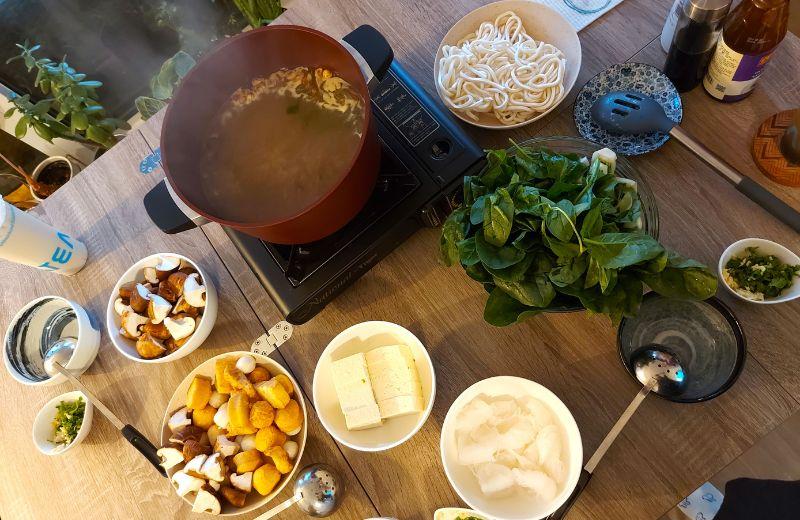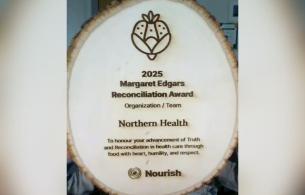When you think about your health and well-being, do you consider the importance of cultural foods?
Culture is part of who we are and has deep connections to how we eat. “Cultural foods” can include what and how we eat to celebrate our identities and food traditions. They are an important part of healthy eating and support our overall health and wellness.
Cultural food is healthy food
Foods can meet our cultural, emotional, and spiritual needs. Worldwide, there are many ways of eating, so this will can look different from person to person, and group to group.

My experience as a student dietitian included seeing clients who seek dietary advice after receiving a new diagnosis, such as for diabetes. However, I’ve noticed that guidance about “healthy eating” can be incomplete. Often the focus is on the nutrients within foods, while other parts of healthy eating are forgotten. We also tend to primarily see Western examples of healthy meals. While those foods are nutritious and can be culturally significant for some people, they may be unfamiliar and out of reach for others.
The reality is that all cultures have foods which are nutritious and good for our bodies and souls. For example, in my Vietnamese culture, dishes with bean thread noodles, winter melon, wild rice, water crescents, and mung bean desserts are all a part of healthy living.
How we connect to culture through food
Culture and identity are deeply tied to how we eat. Jared Qwustenuxun Williams, an Indigenous Chef and Salish cultural educator, shows us in this diagram how the foods we eat are tied to traditional ways of teaching, tool -making, harvesting, preserving, and cooking. All of this together is culture; culture is who we are. To preserve culture, it’s important that we continue to seek, prepare, eat, and share our cultural foods.
When we focus on our cultural foods, it supports healthy living by helping us to:
- Choose foods that we enjoy
- Connect socially over food
- Build food skills
- Strengthen our cultural connections
Cultural foods help us express who we are

While I was in Terrace for part of my practical training, I was a bit homesick. I missed my family and the foods we shared. When it came to making a familiar dish, I didn’t always have the right ingredients and, further, I really didn’t have the skills. However, when I called my mom to ask her how to cook simple things like white rice on the stove, or when I looked up familiar recipes online, I felt closer to home.
Recreating my family’s cultural foods is not always an easy process for me. But when I find small ways to recreate these dishes with the ingredients around me, it feels like I amI’m bridging my culture into my new environment. In turn, I’m am learning new ways to express who I am through the foods that I make.
What about you?
- How do you include cultural and food traditions into your life?
- Do you celebrate special events with specific foods or dishes?
- Do you use recipes that have been handed down in your family?
Want to learn more about how to connect culture with food and health?
Explore further:
- Foodie Friday: Living out your healthy cultural traditions
- Food: Connecting family, community, and culture in Haida Gwaii
- Sharing of cultural practices in health care transitions
Connect with a dietitian:
For health care providers:














Comments